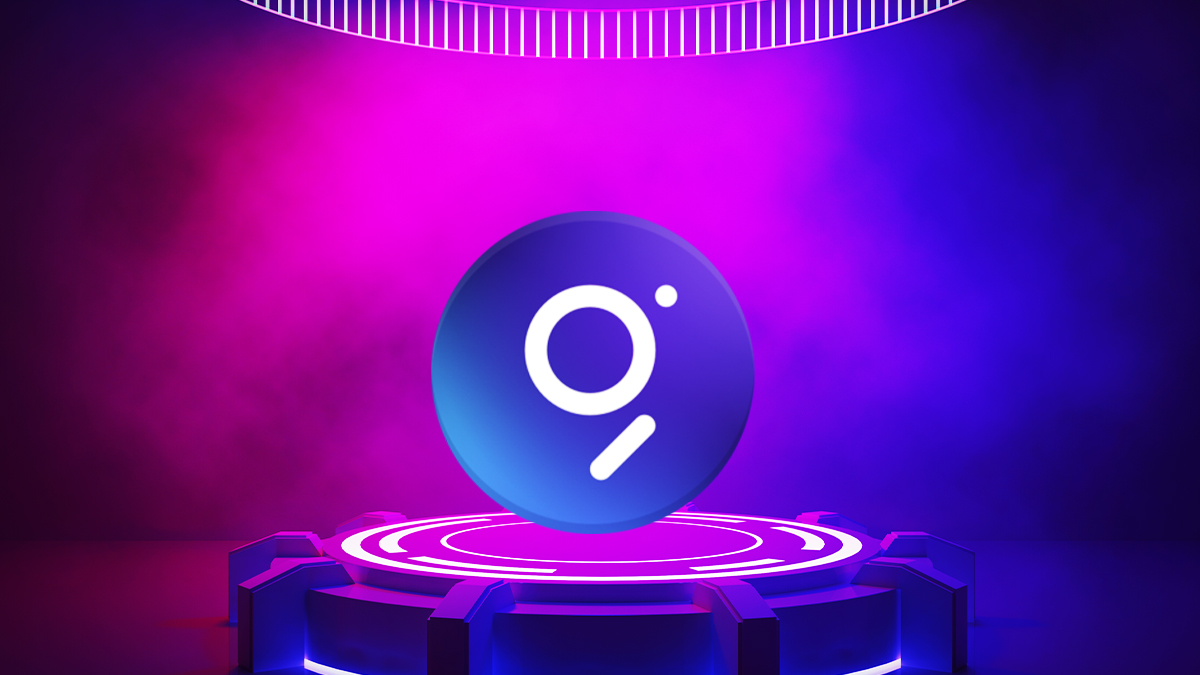"The Graph (GRT): Decentralized Data Indexing for Web3 Innovation"
"The Graph (GRT): Revolutionizing Data Indexing on Blockchain Networks"
The Graph (GRT) is a groundbreaking indexing protocol designed for querying blockchain networks using IPFS and Ethereum. In this system, users can create open APIs known as SubGraphs, making the data more accessible by publishing it in a user-friendly format. The native cryptocurrency used on the platform is called Graph Token (GRT).
Purpose-built to facilitate processes and information flow for complex supply chains, The Graph protocol empowers developers to build applications on the blockchain. By creating a decentralized management and Internet of Things (IoT) ecosystem, the project aims to address significant challenges in supply chain management. The use of two in-house tokens, VET and VTHO, is central to creating and managing value on the VeChainThor public blockchain.
How The Graph (GRT) Works:
The Graph (GRT) operates as a decentralized indexing protocol designed for querying data on blockchain networks, particularly on IPFS and Ethereum. The primary objective of The Graph is to simplify and enhance the processes and information flow for complex supply chains using Distributed Ledger Technology (DLT).
Here's an overview of how The Graph (GRT) works:
SubGraphs:
- Users can create open APIs called SubGraphs or Alt Graphs to query the desired data on the blockchain.
- SubGraphs define how data is organized and processed, allowing for more accessible and comprehensible data.
- Any user can create SubGraphs and publish the obtained data, making it more manageable.
Graph Token (GRT):
- The native cryptocurrency of The Graph platform is called Graph Token (GRT).
- GRT is used to transfer value across The Graph network.
- The protocol also utilizes another token, VeChainThor Energy (VTHO), as "gas" to power smart contract transactions.

Developer Empowerment:
- The Graph empowers developers to build their applications on the blockchain by providing API access to data.
- Developers can define and customize SubGraphs to organize and access the specific data they need for their applications.
Querying Data:
- The protocol allows developers to query and access data related to liquidity outputs, historical transaction volumes, and prices of Ethereum-based tokens.
- Data is organized and made easily accessible, streamlining the process for developers building on Web3 and decentralized finance (DeFi) ecosystems.
Network Roles:
- The Graph network consists of various roles: Indexers, Delegators, Curators, and Consumers.
- Indexers perform indexing and searching tasks for IPFS and blockchain.
- Delegators support the network by delegating GRT assets to Indexers, earning a share of the fees.
- Curators create SubGraphs by paying a certain amount and provide data for Indexers.
- Consumers query the network for data using SubGraphs and pay fees in GRT.
Governance Token (Future):
- The Graph has plans to launch a governance token in the future.
- Users who earn points on the platform may convert them into tokens when the governance token is live.

Roles in The Graph (GRT) Ecosystem:
The Graph (GRT) plays four primary roles within the network:
Indexer: Indexers perform indexing and searching on IPFS and the blockchain. They leverage queries from created SubGraphs for this purpose.
Delegator: Delegators support indexers and decentralization by sending existing GRT assets to indexers. In return, delegators earn a portion of the fees that indexers receive from query charges.
Curator: Curators, the users responsible for creating SubGraphs, make payments to form them. These SubGraphs contain information about the data to be indexed. Indexers gather and query data based on this information.
Consumer: Consumers are users who obtain data from The Graph network and make queries through SubGraphs. They pay with GRT for these queries, and the resulting revenue is sent to delegators and indexers.
The Graph (GRT) plays a pivotal role in fostering a decentralized ecosystem where data becomes more accessible and manageable, opening up new possibilities for developers in the blockchain space.
Who Found The Graph Token:
The Graph (GRT) was created by a team led by Yaniv Tal, Brandon Ramirez, and Jannis Pohlmann. Yaniv Tal is the co-founder and Project Lead, bringing extensive experience in decentralized technologies and blockchain. The project was founded to provide a decentralized indexing protocol, making it easier for developers to query and access data on blockchain networks. The team's goal is to empower developers and foster innovation within the decentralized ecosystem. The Graph (GRT) has gained recognition for its role in enhancing the functionality of decentralized applications (dApps) and supporting the growth of the Web3 ecosystem.
Today's Price Of Graph Coin:
Web3 Powered By Subgraphs And Supported Networks:
"Reach me on Discord: crawless_ 🚀 Feel free to connect and chat!
#TheGraph #GRTProtocol #DecentralizedIndexing #BlockchainDevelopment #Web3Ecosystem #DeFiInnovation #DataAccessibility #VeChainThor #SubGraphManifesto #DecentralizedManagement #Cryptocurrency #BlockchainRevolution #SmartContracts #Web3Applications #GraphToken #BlockchainTechnology #SupplyChainRevolution #DataQuery #Web3Innovation











![Nekodex – Earn 20K+ NekoCoin ($20) [Highly Suggested]](https://cdn.bulbapp.io/frontend/images/b4f0a940-f27c-4168-8aaf-42f2974a82f0/1)
















![[ℕ𝕖𝕧𝕖𝕣] 𝕊𝕖𝕝𝕝 𝕐𝕠𝕦𝕣 𝔹𝕚𝕥𝕔𝕠𝕚𝕟 - OM(G) , My Biggest Bag Was A Scam????](https://cdn.bulbapp.io/frontend/images/99de9393-38a8-4e51-a7ab-a2b2c28785bd/1)









